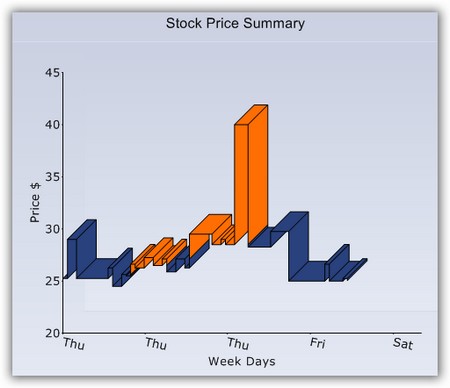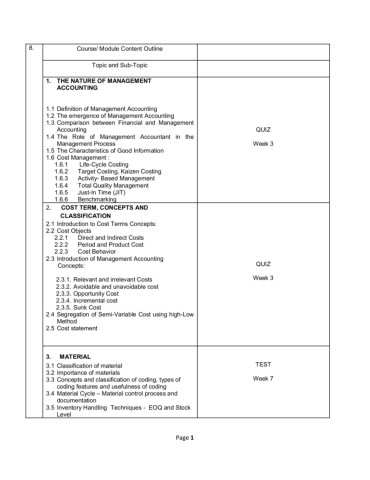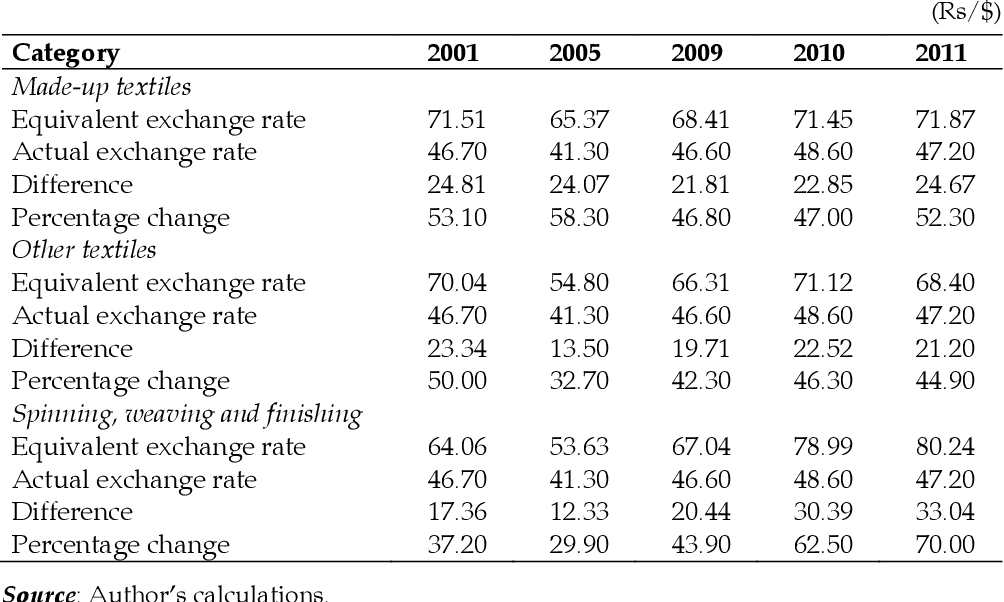CAGR Calculator What is CAGR, How to Calculate CAGR, Compound Annual Growth Rate Calculator Online
May 18, 2021Каким способом можно майнить криптовалюту
October 14, 2021Contents:


The collection of all these books was called the general ledger. The chart of accounts is the table of contents of the general ledger. Totaling of all debits and credits in the general ledger at the end of a financial period is known as trial balance. This use of the terms can be counter-intuitive to people unfamiliar with bookkeeping concepts, who may always think of a credit as an increase and a debit as a decrease. This is because most people typically only see their personal bank accounts and billing statements (e.g., from a utility).
Understanding Subledgers and Why You Need Them – The Motley Fool
Understanding Subledgers and Why You Need Them.
Posted: Fri, 05 Aug 2022 07:00:00 GMT [source]
A credit entry increases liability, revenue or equity accounts — or it decreases an asset or expense account. You can record all credits on the right side, as a negative number to reflect outgoing money. It either increases an asset or expense account or decreases equity, liability, or revenue accounts (you’ll learn more about these accounts later). For example, you debit the purchase of a new computer by entering it on the left side of your asset account.
Alert: highest cash back card we’ve seen now has 0% intro APR until 2024
The graphics in this PowerPoint slide showcase three stages that will help you succinctly convey the information. It is also a useful set to elucidate topics like Debit Normal Balance Account Diagram. Presenting Drawings Accounting Debit Credit Ppt Powerpoint Presentation Visual Aids Ideas Cpb slide which is completely adaptable. It is also a useful set to elucidate topics like Drawings Accounting Debit Credit. Presenting Difference Credit Debit Dealings Accounting Ppt Powerpoint Presentation Show Designs Download Cpb slide which is completely adaptable. It is also a useful set to elucidate topics like Difference Credit Debit Dealings Accounting.

In a straightforward system, a https://1investing.in/ represents money leaving the account, and a credit represents money coming in. As a result, both liabilities and equity must be considered when calculating assets. In other words, anything charged to liabilities is a debit and is recorded in the left column. The double-entry system requires both debit and a credit entries.
Introduction of Principle of Accounting.
On the other hand, if you credit a liability account, you’re increasing the amount of money that the company owes. For example, if you credit Accounts Receivable, you’re increasing the amount of money that the company owes to its vendors. When you debit a liability account, you’re increasing the amount of money that the company owes. For example, if you debit Accounts Payable, you’re decreasing the amount of money that the company owes to its suppliers. Debit refers to the left column; credit refers to the right column. To debit the cash account simply means to enter the value in the left column of the cash account.

MicroTrain propeller industries is a small corporation that provides on-site personal computer software training using the clients’ equipment. The company offers beginning through advanced training with convenient scheduling. A small fleet of trucks transports personnel and teaching supplies to the clients’ sites. The company rents a building and is responsible for paying the utilities. Partnerships need capital accounts; sole traders or proprietors may not.
Share this free course
Most accounting software forces you to keep your books in balance because it will not allow you to save an entry that doesn’t have equal credits and debits. At any point, the total of the entries on the left side of the trial balance will equal the total of the entries on the right side . A trial balance includes all accounts from the balance sheets and profit and loss statements. Any difference between the totals on the right and left side means that there is an error in the books that should be investigated. Indouble-entry bookkeeping, a widespread accounting method, all financial transactions are considered to affect at least two of a company’s accounts. One account will get a debit entry, while the second will get a credit entry to record each transaction that occurs.
How To Keep Track Of Business Expenses (2023 Guide) – Forbes
How To Keep Track Of Business Expenses (2023 Guide).
Posted: Mon, 02 Jan 2023 08:00:00 GMT [source]
You’ll record each individual account in a ledger and use this information to prepare your financial statements. Records increase and decrease as accounting transactions occur, and this movement represents the diametrical relationship between debits and credits. Tracking the movement of money in and out of the business, also known as debits and credits, is an essential accounting task for small business owners. Single-entry accounting tracks revenues and expenses, whereas double-entry accounting also incorporates assets, liabilities and equity. The latter method tends to provide a fuller view of your business’s accounts. The two sides must be equal to balance a company’s books, which are used to prepare financial statements that reflect its health, value and profitability.
Some buckets keep track of what you owe , and other buckets keep track of the total value of your business . When your business does anything—buy furniture, take out a loan, spend money on research and development—the amount of money in the buckets changes. However, the burger place purchased part of its inventory on $2,500 credit from a supplier, and payment for it is now due. Equity is what is left over after you use your assets to pay off your liabilities. Liabilities are the things you owe, such as utility expenses, or the interest payments on the overdraft facility provided by the bank. Assets are the things you own, this can be the company premises, company bank balance, or even the company truck.

Accounts to handle expenses for events are fine, but accounts for the 2017 charity fundraiser might not be a good idea. The best way to keep your books in order and protect yourself from financial mistakes is to understand what accounts are debits and credits and how to record them. By keeping track of every transaction, you can avoid any confusion or discrepancies that could lead to bigger problems down the road. One option is to create two separate ledgers, one for debits and one for credits.
Credits increase a liability, revenue, or equity account and decrease an asset or expense account. This depends on the area of the balance sheet you’re working from. For example, debit increases the balance of the asset side of the balance sheet.
An increase in a liability or an equity account is a credit. Debit balances are normal for asset and expense accounts, and credit balances are normal for liability, equity and revenue accounts. When a particular account has a normal balance, it is reported as a positive number, while a negative balance indicates an abnormal situation, as when a bank account is overdrawn. In some systems, negative balances are highlighted in red type. On the left side of an accounting journal entry, debits are recorded.
- List your credits in a single row, with each debit getting its own column.
- It is also a useful set to elucidate topics like Type Account Increased Debit.
- What amounts are debited to the Materials Inventory account?
- Sal’s journal entry would debit the Fixed Asset account for $1,000, credit the Cash account for $500, and credit Notes Payable for $500.
We’ll assume that your company issues a bond for $50,000, which leads to it receiving that amount in cash. As a result, your business posts a $50,000 debit to its cash account, which is an asset account. It also places a $50,000 credit to its bonds payable account, which is a liability account. Identify the accounts that would normally have balances in the credit column of a business’s trial balance.
- It usually has a credit balance, although it is an asset account.
- Note first the treatment of expense and Dividends accounts as if they were subclassifications of the debit side of the Retained Earnings account.
- Record accounting debits and credits for each business transaction.
- When your business does anything—buy furniture, take out a loan, spend money on research and development—the amount of money in the buckets changes.
These entries are recorded as journal entries in the company’s books. Credits increase liability, equity, and revenue accounts. Here are some examples to help illustrate how debits and credits work for a small business. Assets are items that provide future economic benefits to a company, such as cash, accounts receivable, inventory, and equipment.
For instance, a contra asset account has a credit balance and a contra equity account has a debit balance. For example, accumulated depreciation is a contra asset account that reduces a fixed asset account. There are several different types of accounts in an accounting system. Each account is assigned either a debit balance or credit balance based on which side of the accounting equation it falls. So debits and credits don’t actually mean plusses and minuses. Instead, they reflect account balances and their relationship in the accounting equation.
